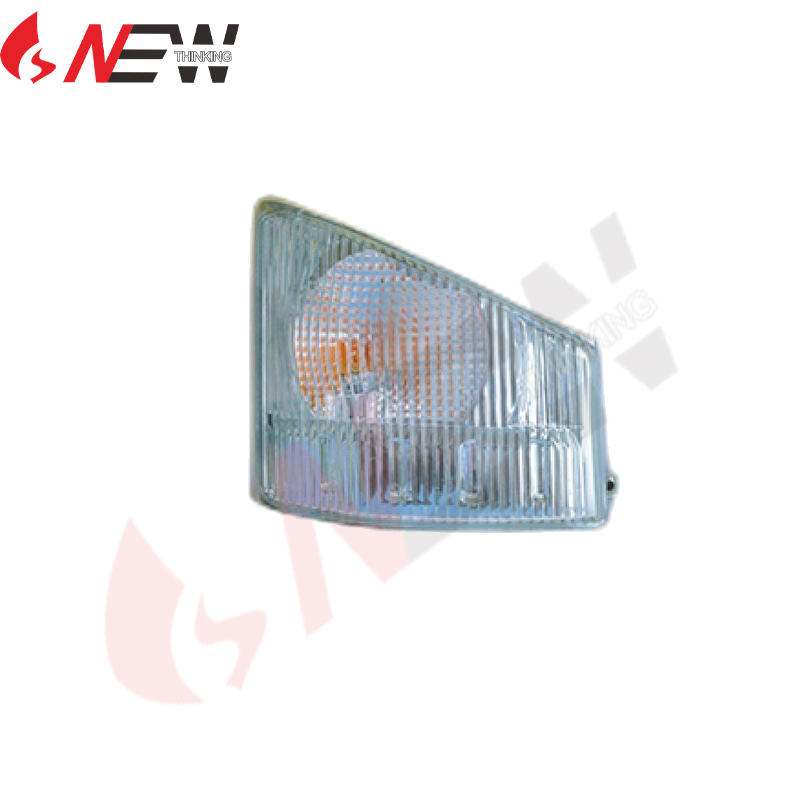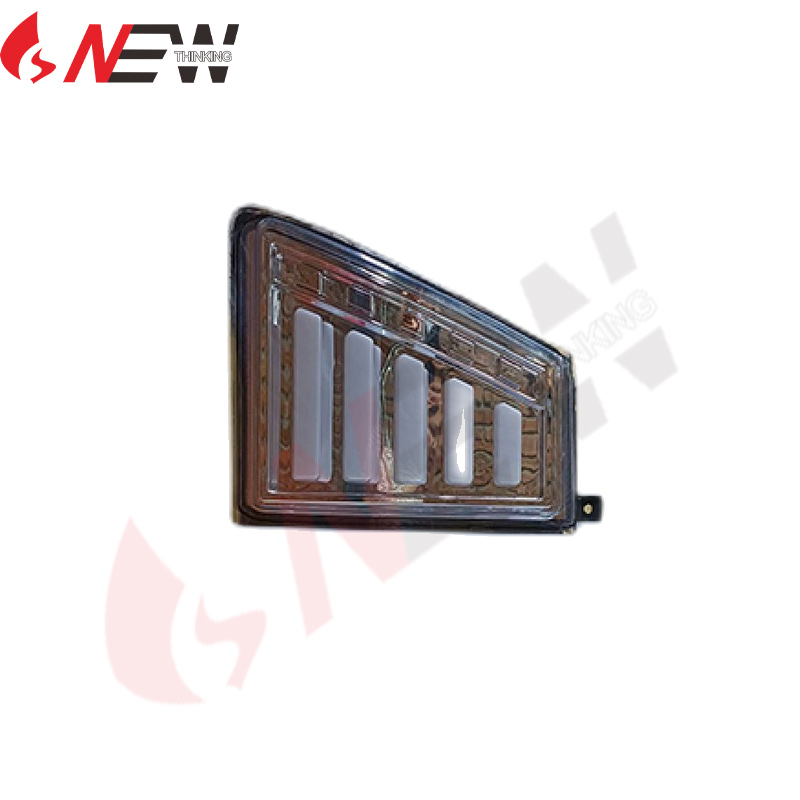Driven by policies and industry transformation, the penetration rate of new energy in the entire commercial vehicle market is accelerating. Taking the data from January to June in the first half of this year as an example, a total of 110200 new energy trucks were insured, and the overall sales momentum was good. However, the new energy market still faces various difficulties.
● Good data but still facing challenges
According to truck insurance data, a total of 110200 new energy trucks were insured from January to June. Among them, 11445 heavy trucks; 681 medium trucks; 33109 light trucks; 1760 micro cards; VAN category 63205 vehicles. Although this year's data has increased compared to last year's data, since 2023, the new energy commercial vehicle market has been relatively sluggish, especially the electric heavy-duty truck market, which is far below industry expectations.
Some cardholders may think that the cancellation of subsidies for purchasing new energy vehicles is not the main reason. Because compared to new energy passenger vehicles, despite the cancellation of subsidies for purchasing new energy vehicles, they still outperformed the overall market, with a year-on-year increase of 43%.
So, what are the difficulties faced by new energy commercial vehicles in the promotion and application process? There are several reasons for Kajia analysis:
1. Technical issues:
At present, there are still some problems with the battery technology of new energy commercial vehicles, such as short range, short battery life, long charging time, etc., which limit the efficiency of new energy commercial vehicles. At the same time, the insufficient construction of charging facilities is also an important obstacle to the popularization of new energy commercial vehicles. The uneven distribution of charging stations and long charging times have an impact on the operational efficiency of commercial vehicles.
2. Economic issues:
Due to its construction, new energy commercial vehicles are priced much higher than ordinary fuel vehicles, resulting in a higher investment cost. Therefore, when considering investment, users also face greater risks than ordinary fuel vehicles. Especially at present, the global economy is facing downward pressure and external demand is decreasing. Although China has implemented various domestic demand stimulus policies to accelerate the internal economic cycle, the recent economic recovery process has not met expectations, and the overall recovery of market demand has shown a slow and uneven situation.
When everyone has no money and cannot make money, they naturally choose a more cost-effective way. For example, in the Northeast region, although new energy vehicles have advantages that traditional fuel vehicles cannot match, for users, the initial purchase cost is too high, and the price of one new energy vehicle can match that of two fuel vehicles. In addition, the winter temperature in the Northeast region is lower, and in such harsh and low-temperature environments, the range of new energy does not have an advantage. Especially in the current freight market, it is becoming increasingly difficult to earn money, and I dare not take risks to buy such expensive new energy vehicles.
3. Policy issues:
Although the cancellation of subsidies for the purchase of new energy vehicles is not the main issue, the economic advantage of new energy commercial vehicles will gradually weaken, which forms a certain resistance to the promotion of new energy commercial vehicles. Moreover, the instability of policies can also affect the development of new energy commercial vehicles, such as sudden changes in policies that may have an impact on investment decisions of enterprises.
4. Market acceptance issues
Although the annual sales data of new energy commercial vehicles is better than the previous year, the proportion of new energy vehicles in the overall market is not very good. In addition, users are more familiar with fuel powered vehicles, while their understanding of new energy commercial vehicles is relatively low. They lack sufficient understanding of the performance, maintenance, and other aspects of new energy commercial vehicles, which also affects the market acceptance of new energy commercial vehicles.
In addition, the after-sales service of new energy commercial vehicles is also a major problem. Compared to gasoline vehicles, the repair and maintenance of new energy vehicles require more professional technology and equipment. Currently, there are relatively few repair service points in the market, which also affects users' purchasing decisions.
Conclusion
Overall, although the new energy commercial vehicle market has shown good growth momentum in recent years driven by the dual carbon target, it still faces various problems. Only by deeply understanding these reasons can we conduct deeper research and improvement, which may gain more user recognition and make the new energy commercial vehicle market more prosperous.




